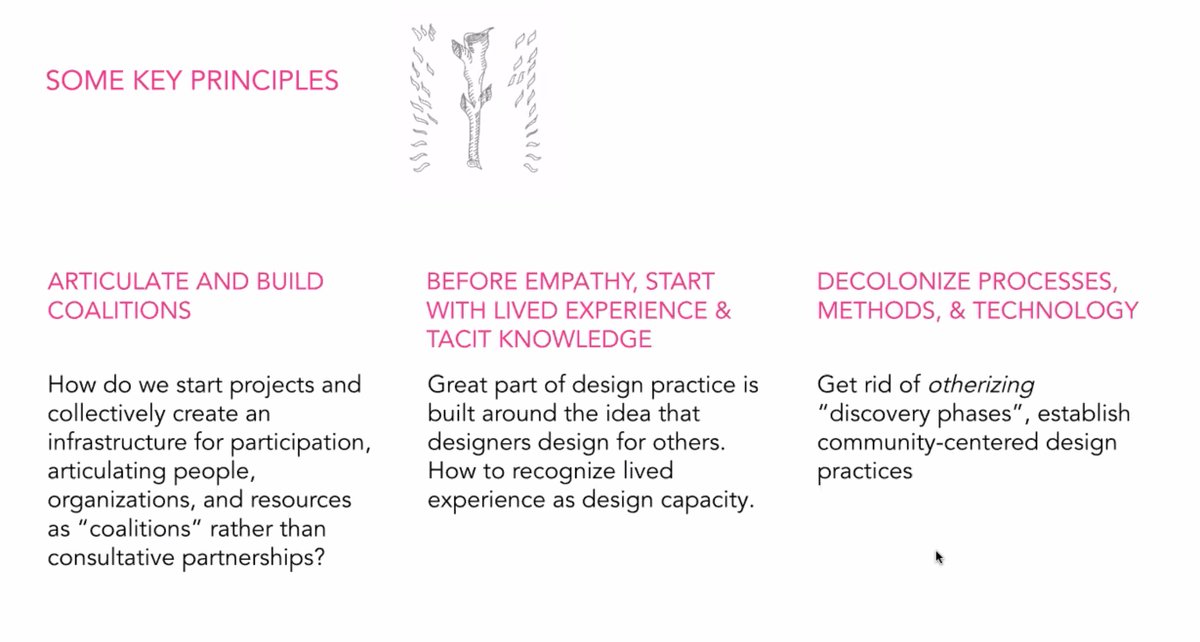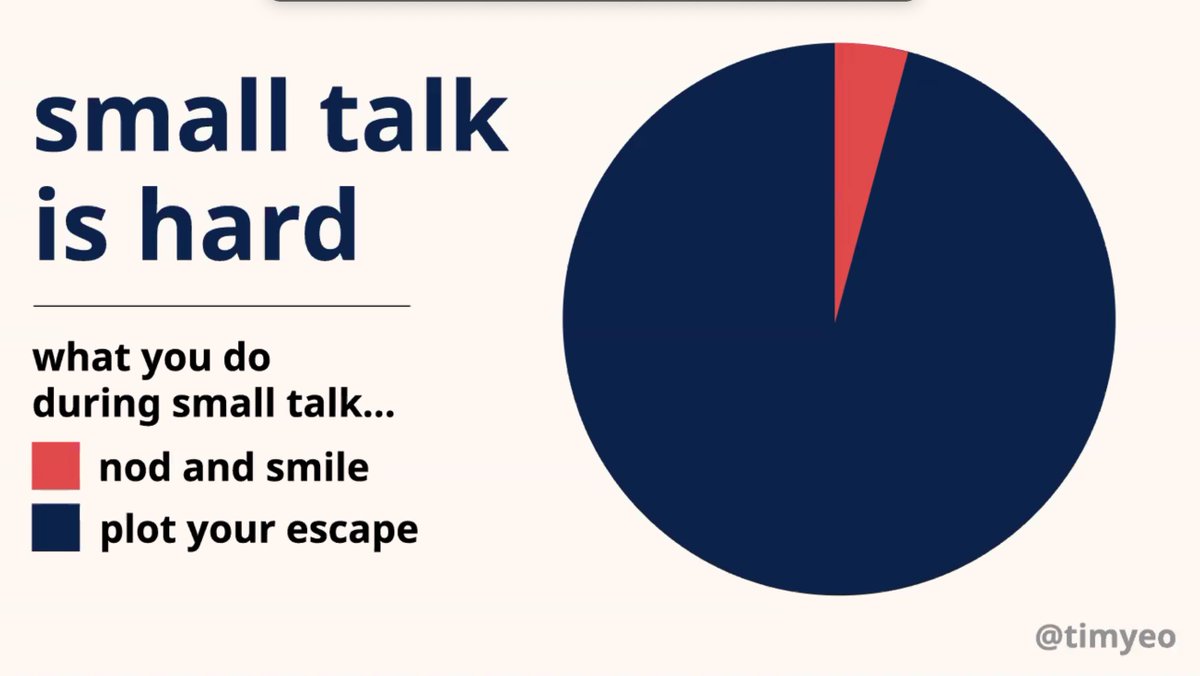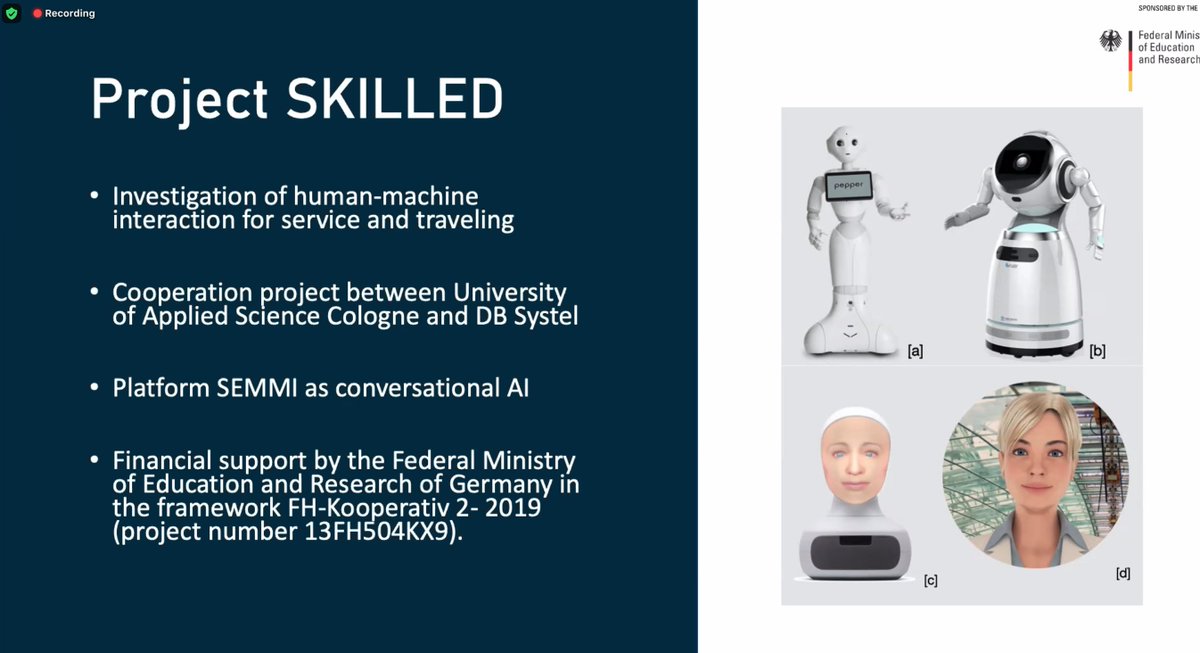
Professor Penin begins with a land acknowledgment for Woi Wurrung, Boon Wurrung and Wurundjeri where the conference is taking place.
Lenape where She lives.
Guarani, Tupi, Kaingang, Terena where she grew up.
Lenape where She lives.
Guarani, Tupi, Kaingang, Terena where she grew up.
What is the new version of design, and how do we do things differently this time round for greater care, equity and justice for all?
Parsons desis lab developed a tran disciplinary round table to come and debate 7 core issues
1. Design as trandisciplinary inqury
Trandisciplinary mindset acknowledges the different levels of reality and different levels of perceptions
We need to evoke different modes of understanding the world.
We need to acknowledge we are in the process of knowing.

Trandisciplinary mindset acknowledges the different levels of reality and different levels of perceptions
We need to evoke different modes of understanding the world.
We need to acknowledge we are in the process of knowing.


We don't deign in a vacuum, we are part of communities, we have our own contexts.
It's part of design nature to cross and connect different disciplines.
It's part of design nature to cross and connect different disciplines.

2. Othering modernity: Design Publics & Agents
In imagining a modern world, who are we designing for, who are the designers.
Who's modernity are we building?
The people building the frameworks that lead to the design.
In imagining a modern world, who are we designing for, who are the designers.
Who's modernity are we building?
The people building the frameworks that lead to the design.

More and more people are reclaiming spaces as designers and redefining what design futures can look like.
The complete lack of diversity in graphic design is huge problem
The complete lack of diversity in graphic design is huge problem

How might we start to increase diversity?
Reorganise patterns & language that are "othering"
Imagine methods and actions to achieve change
Actually hire people!!!!!
Reorganise patterns & language that are "othering"
Imagine methods and actions to achieve change
Actually hire people!!!!!

3. Participation & the ethics of collaborating with others
From "designing for"
To "designing with"
To "designing by"
We have to question the universal lens of design thinking and doing.
We need more diversity in how people design today.
From "designing for"
To "designing with"
To "designing by"
We have to question the universal lens of design thinking and doing.
We need more diversity in how people design today.

Disability design NOT design for disability.
You don't need people from the outside coming to save you.
You don't need people from the outside coming to save you.
We have to challenge user-centred design as cannon.
There are many other participatory methods for us to acknowledge, explore and use for designing.
Here are some of Prof Penin's methods.
There are many other participatory methods for us to acknowledge, explore and use for designing.
Here are some of Prof Penin's methods.

Articulate and build coalitions
Before empathy, start with lived experience and tacit knowledge.
Decolonise processes, methods and technology
"It's not a safari, we're getting into people's lives"
We need to establish relationships, not extractive practices
Before empathy, start with lived experience and tacit knowledge.
Decolonise processes, methods and technology
"It's not a safari, we're getting into people's lives"
We need to establish relationships, not extractive practices

4. Designing for care and solidarity
A healed femur is the first sign of civilisation, people took 6 weeks to care for an injured community member.
As we think about the platforms and systems we design, the majority of the groups we serve are related to exterior metastructures.
A healed femur is the first sign of civilisation, people took 6 weeks to care for an injured community member.
As we think about the platforms and systems we design, the majority of the groups we serve are related to exterior metastructures.

Why have we as service designers looked into these industries instead of everyday life services?
How are we investing in the design of:
End-of-life care
Education
Personal care
Elderly care
Health care
Social care
Designing care can be a controversial concept.
How are we investing in the design of:
End-of-life care
Education
Personal care
Elderly care
Health care
Social care
Designing care can be a controversial concept.

There's so much room for us as designers to build a framework of design as care.
We need to extend care beyond groups and narratives
Design as a way to facilitate an environment of co-creation and trust
The challenge of "scaling" care — scaling is a care paradox
We need to extend care beyond groups and narratives
Design as a way to facilitate an environment of co-creation and trust
The challenge of "scaling" care — scaling is a care paradox

5. Designing for sustainable and just transitions
Design is the domain of world-making, creating futures, utopias.
Are the current forms of production what we wanted to create? The worlds made under Capitalocene are killing the ability to have a future.

Design is the domain of world-making, creating futures, utopias.
Are the current forms of production what we wanted to create? The worlds made under Capitalocene are killing the ability to have a future.


Designing for the pluriverse — transition means different things for places. There needs to be a transnational dialogue between designers.
The work creating new futures has been happening for decades.
The Black Panther Party came together to recreate their present.

The work creating new futures has been happening for decades.
The Black Panther Party came together to recreate their present.


In her own practice Prof Penin worked with community gardens, and saw the beginning of relational care.
Things happening in the present can be seed of the future change.
Things happening in the present can be seed of the future change.

What needs to end?
The artificial separation from other living beings and believe systems.
What needs to emerge?
Design as an everyday mediator in a social and solidarity economy.
What's our role?
We need to design for justice.
The artificial separation from other living beings and believe systems.
What needs to emerge?
Design as an everyday mediator in a social and solidarity economy.
What's our role?
We need to design for justice.

6. Design and data, Control and punishment
Design in some way or another has always been related to control.
A lot of our current institutions are connected historically to order and control.
Design in some way or another has always been related to control.
A lot of our current institutions are connected historically to order and control.

Spatial segregation by design: Can a highway be racist? Yes.
Visualising data as power — giving people the ability to represent themselves


Visualising data as power — giving people the ability to represent themselves



We have two paths
We reinforce and design dystopian futures
OR
We design politics and technology for good
We reinforce and design dystopian futures
OR
We design politics and technology for good

7. Designing work and workers
The imagery of a workers pretends we're all in manufacturing, it's no longer the case.
A lot of the service jobs are precarious, gig worker jobs.
People are working multiple jobs and can't make a living


The imagery of a workers pretends we're all in manufacturing, it's no longer the case.
A lot of the service jobs are precarious, gig worker jobs.
People are working multiple jobs and can't make a living



We create and establish the conditions of "back office tech jobs" that are the infrastructure of our platforms.
It is bodily taxing work, grinding on efficiency.
It is bodily taxing work, grinding on efficiency.

We need to start thinking about Worker Centric design — caring about the dignity of the worker.
What are we designing that excludes the worker.
What are we designing that excludes the worker.

The themes again — they are what they are now, and the may change in the future as this conversation continues 

@LaraSPenin @threadreaderapp unroll please
• • •
Missing some Tweet in this thread? You can try to
force a refresh















